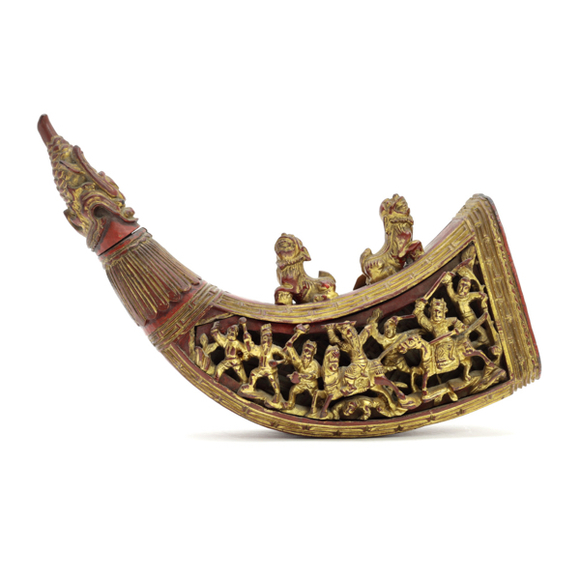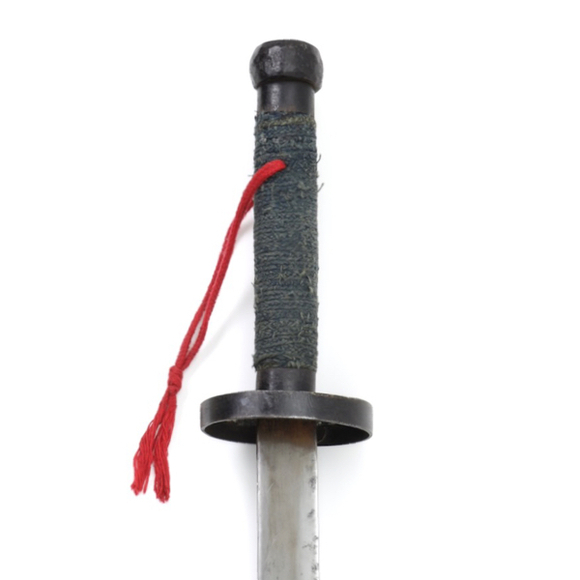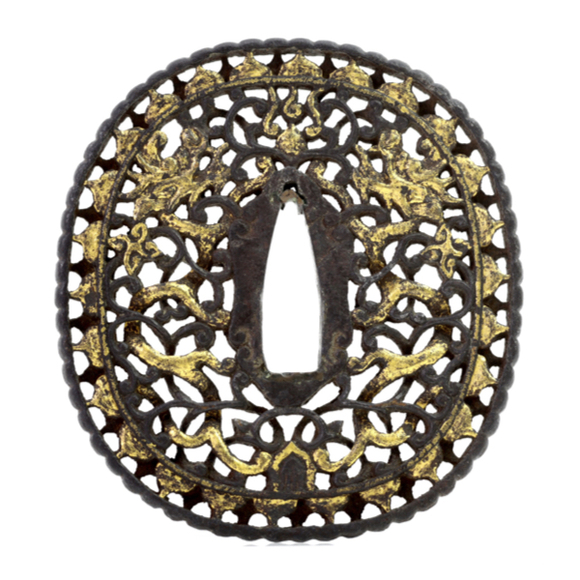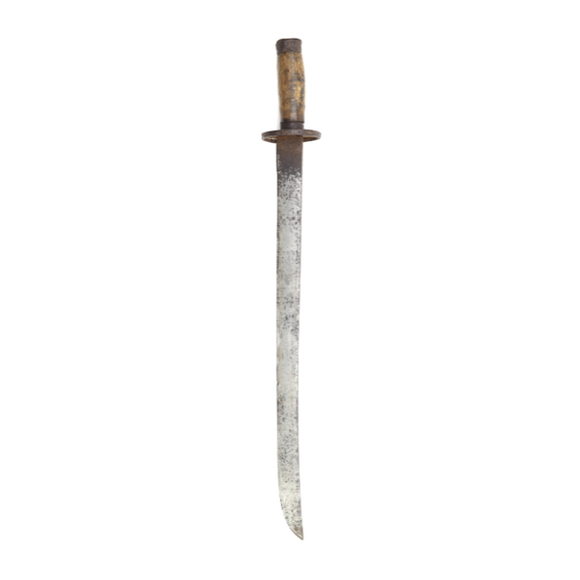Language: Mandarin Chinese
Source: Period dictionary
Description
Gōng nǎo (弓腦) literally means "bow brain". It is the part that connects the working limb to the ear.
In English, also called "bow knee". The gōng nǎo was often a separate piece of wood that was spliced into the core of the working limb on one side and spliced into the ear on the other. In some cases, the "ear" and "brain" were made of a single piece that was heavily reinforced with sinew.
It is the brain that forms the first rigid section on the end of a composite bow's working limb, and creates the bend on which the ear is placed.

Parts from several stages of the bow making process.
3 and 4 are unfiished "brains".
The above plate if from: Tan Danjiong's (T'an Tan-Chiung) "Investigative Report on Bow and Arrow Manufacture in Chengdu" published in Academia Sinica Language and History Review, Taipei, 1951, and then again by the Society of Archer-Antiquaries in 1984.

A bow ear where the nǎo and shāo are made into one piece.
Other terms
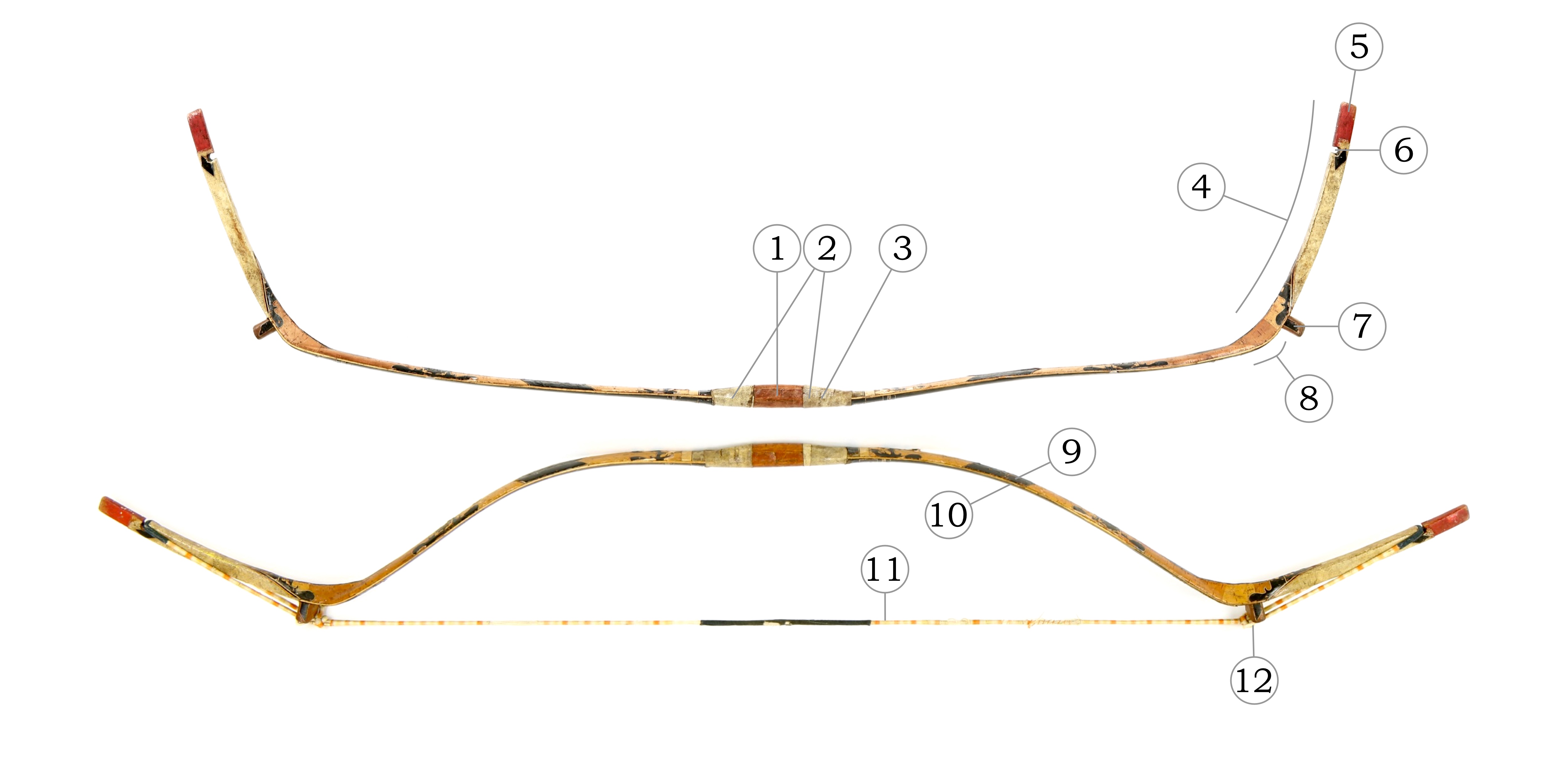
|
# |
English |
Chinese |
Pinyin transliteration |
| Bow | 弓 | Gōng | |
| 1. | Bow grip | 弓弝 | Gōngbà |
| 2. | Sides of bow grip | 弓弝膀子 | Gōng bà bǎngzi |
| 3. | Arrow slipping spot | 箭溜子 | Jiàn liūzi |
| 4. | Bow ear | 弓弰 | Gōng shāo |
| 5. | Tip | 弰頭 | Shāo tóu |
| 6. | String notch | 扣子 | Kòuzi |
| 7. | String bridge | 弓墊子 | Gōng diànzi |
| 8. | Bow knee (lit. "brain") | 弓腦 | Gōng nǎo |
| 9. | Painted birch bark | 畫樺皮 | Huà huà pí |
| 10. | Bow face | 弓面 | Gōng miàn |
| 11. | Bowstring | 弓弦 | Gōng xián |
| 12. | Bowstring knot | 弦挌搭 | Xián gé dā |
Notes
All terms are from the Wuti Qingwen Jian (五體清文鑑)or "Five Languages Mirror", a Qing imperial dictionary in Manchu, Mongolian, Uighur, Tibetan and Chinese of circa 1790. Commissioned by and published under the Qianlong emperor.


